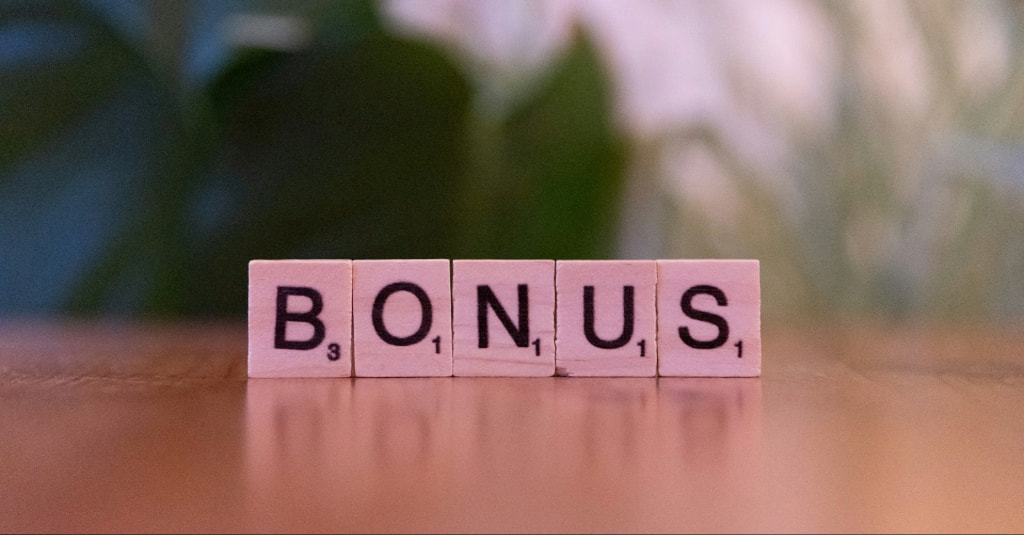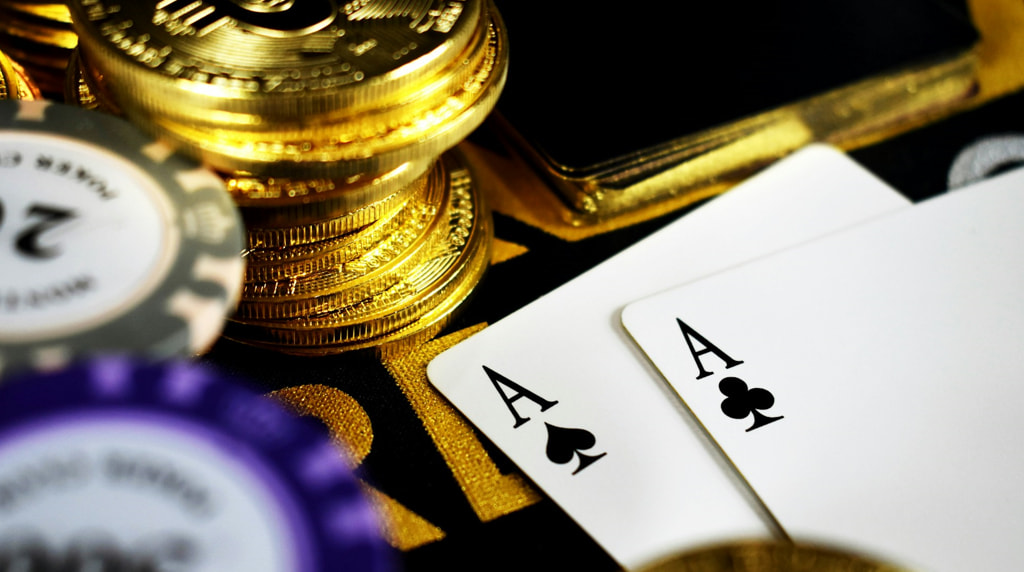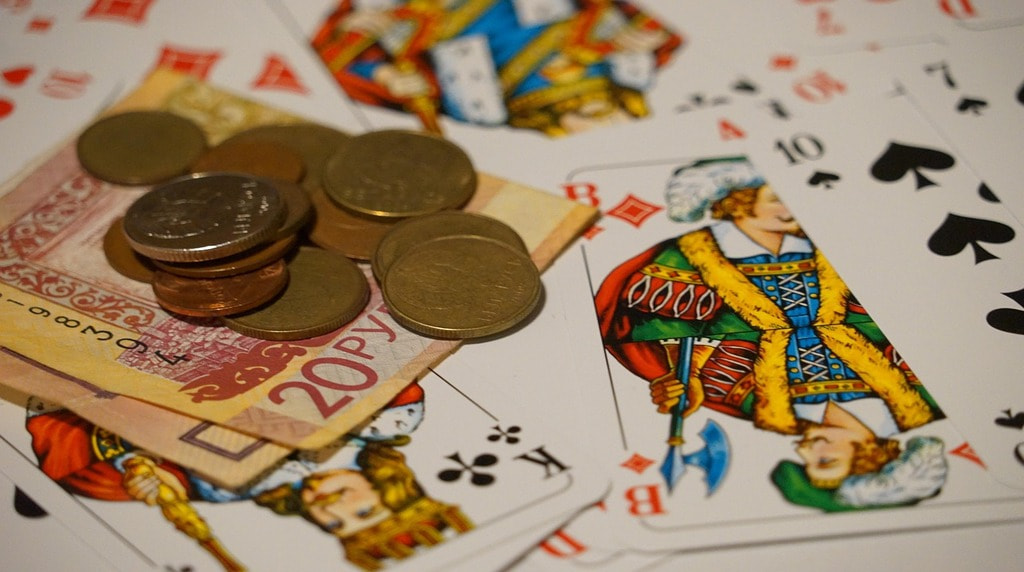Discover a Poker Hand Linked to a Notorious Old West Folk Hero
There are many poker hands that are particularly well known, such as the royal flush. One that you might not have heard of before is the Dead Man’s hand, which has a connection to a folk hero from the American Old West.

The dead man’s hand in poker © fielperson, Pixabay
What Is the Dead Man’s Hand?
Dead man’s hand is a five-card poker hand that’s linked to a rather notorious figure from the American Old West, though it hasn’t always been connected to him. The exact make-up of the hand has varied over the years, too.
The hand doesn’t get any special treatment in casino poker games. If you happen to get it, you will not receive an extra reward or bonus of any kind. Even so, it’s still worth knowing about the dead man’s hand.
The Composition of the Dead Man’s Hand
So, what is a dead man’s hand in poker? It’s a five-card hand consisting of a pair of black aces, a pair of black eights and any other card. The two pairs can each be spades or clubs.
As explained in more detail below, the dead man’s hand has been connected to Wild Bill Hickok since the 1920s. The current composition of the hand has existed since this time. Before then, the hand’s make-up was different.
The first instance of the phrase ‘dead man’s hand’ being used to describe a poker hand dates back to 1886. The hand was said to be a full house consisting of three jacks and two 10s.
By the start of the twentieth century, the hand seems to have changed slightly. An encyclopedia published in 1903 mentions three jacks and two red sevens making up the hand.
A few years later in 1907, the hand was referred to in the book Hoyle’s Games as two jacks, two eights and any other card. There don’t appear to be any other possible iterations of the dead man’s hand.
Wild Bill Hickok
So, where does someone from the American Old West fit into all this? The dead man’s hand poker hand has been associated with James Butler Hickok, also known as Wild Bill Hickok, since 1926.
He lived from 1837 to 1876 and was many things during his life: an actor, a showman, a gunman, a lawman, a cattle rustler, a soldier and a scout, among other things.
Thanks in part to his many gunfights, he became a rather notorious figure. What also added to his reputation was the many stories he told about himself, which were often exaggerated.
On 2 August 1876, in Deadwood, Dakota Territory (modern-day South Dakota), Hickok was playing poker in Nuttal & Mann’s Saloon. He was shot in the back of the head and died instantly.
Jack McCall
The shooter was Jack McCall. The day before Hickok was killed, he and McCall had played poker together in the very same saloon. McCall, who was inebriated when playing, ended up losing.
Hickok gave McCall money to cover his losses, which he accepted despite feeling insulted. Then on the fateful day, Hickok was in the saloon sitting with his back to the door.
He usually sat in the corner and asked another player to switch seats, but that player refused. The decision to sit in this particular seat ended up costing Hickok his life.
Hickok, who didn’t realise McCall was there, said the following to another player at the table: ‘The old duffer. He broke me on the hand.’ These were his final words before McCall shot him.
McCall carried out the shooting because Hickok had previously killed his brother. The shooting ended up going to trial twice. The first one found McCall not guilty.
However, the first trial was deemed unlawful because the court in Deadwood didn’t have any legal jurisdiction. A second trial was held, and McCall was found guilty this time. He claimed he couldn’t remember shooting Hickok due to being intoxicated.
On 1 March 1877, McCall was hanged as punishment for shooting and killing Hickok. He was 24 at the time of his death and was the first person in Dakota Territory to be executed by hanging.
The Exact Composition of the Dead Man’s Hand
The book Wild Bill Hickok: The Prince of Pistoleers by Frank Wilstach was published in 1926. It popularised the dead man’s hand, which was claimed in the book to have two black aces and two black eights.
Two separate sources have backed this up. Carl W. Breihan, a Western historian, said that a man named Neil Christy retrieved the five cards that made up Hickok’s final hand.
He then passed them on to his son, who then told Breihan what they all were. The five cards were supposedly the ace of spades, ace of clubs, eight of spades, eight of clubs and Queen of hearts.
Joseph Rosa, a biographer, put forward a slightly different composition, swapping the Queen of hearts for the Queen of clubs. He said it wasn’t known exactly what the five cards were.
While the exact composition probably won’t ever be known, it’s generally accepted that Hickok’s hand did indeed include two aces and two eights, all of the black suits. Any hand that matches this description should pass as a dead man’s hand.
As mentioned earlier, the dead man’s hand isn’t treated in a special way in poker games. It’s not counted as one of the main poker hands, and no side bets are involved.
Even so, it’s interesting to know that a shooting incident in the 19th century made a particular arrangement of poker cards somewhat notorious. If you ever get this hand, you can share its history with others.
 Is There a Catch When Claiming Wager-Free Bonuses?
Is There a Catch When Claiming Wager-Free Bonuses?
 Benefits and Disadvantages of Casino Loyalty Programmes
Benefits and Disadvantages of Casino Loyalty Programmes
 Reasons for Online Slots Being Removed from Casino Sites
Reasons for Online Slots Being Removed from Casino Sites
 Sticky and Non-Sticky Casino Bonuses Explained
Sticky and Non-Sticky Casino Bonuses Explained